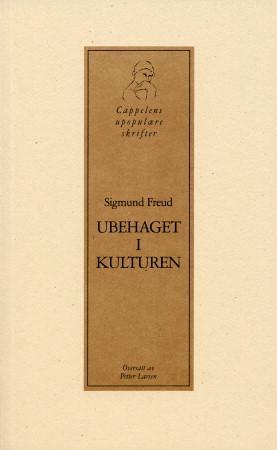
Multi-Dimensional Liquid Chromatography
2399,-
<P>Two-dimensional liquid chromatography (2D-LC) is finding increasingly wide application principally due to the analysis of mixtures of moderate to high complexity. Many industries are developing increasingly complex products that are challenging the separation capabilities of state-of-the-art 1D-LC and need new analytical methodologies with substantially more resolving power, and 2D-LC meets that need. </P><P>This text, organized by two leaders in the field, establishes a sound fundamental basis for the principles of the technique, followed by a discussion of important practical considerations. The book begins with an introduction to multi-dimensional separations and a discussion of the history and development of the technique over the past 40 years, followed by several chapters that provide a theoretical basis for development of 2D-LC methods, including foundational concepts regarding separation complementarity, under-sampling, and dynamics of liquid chromatography separations. Inst








